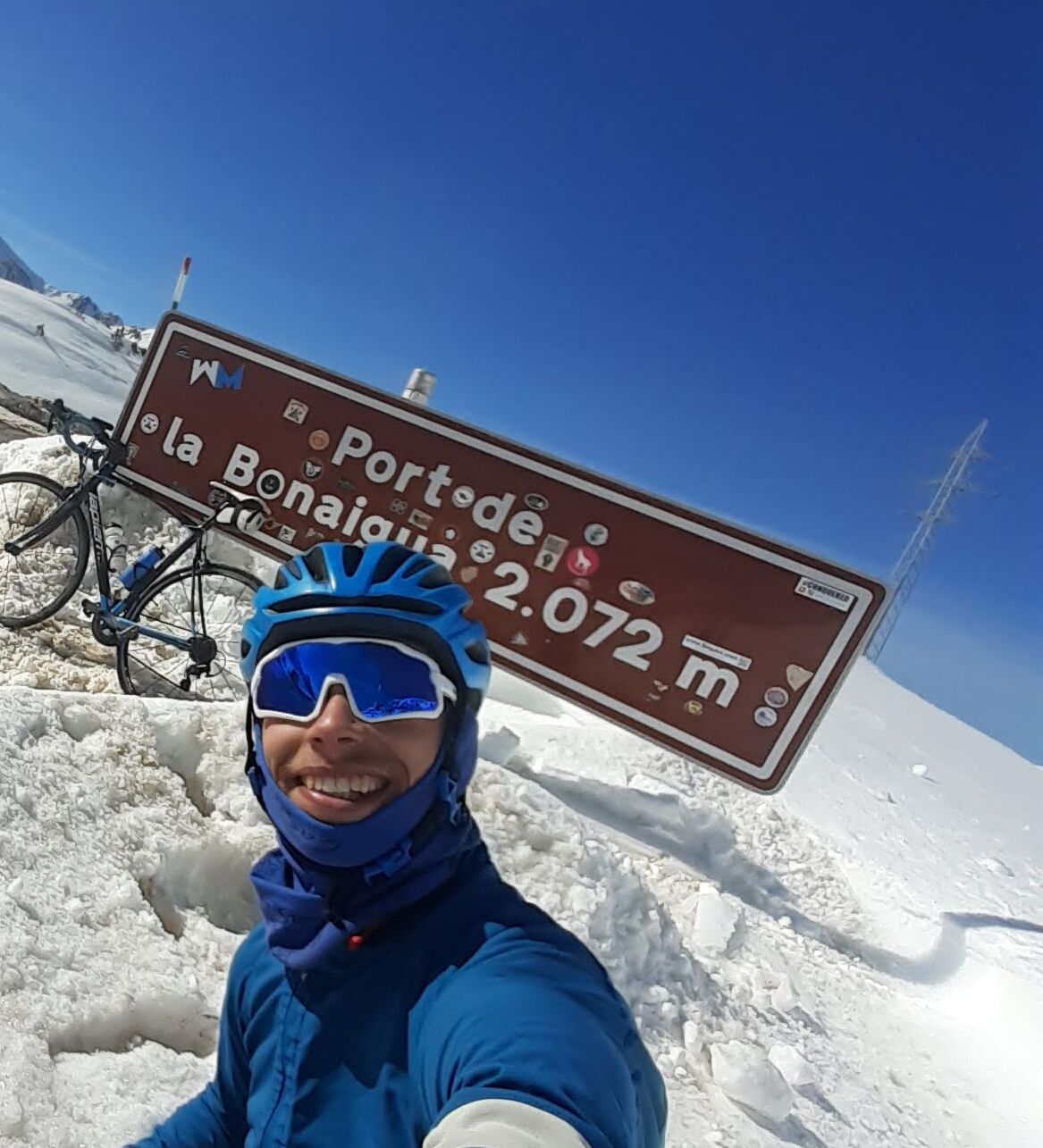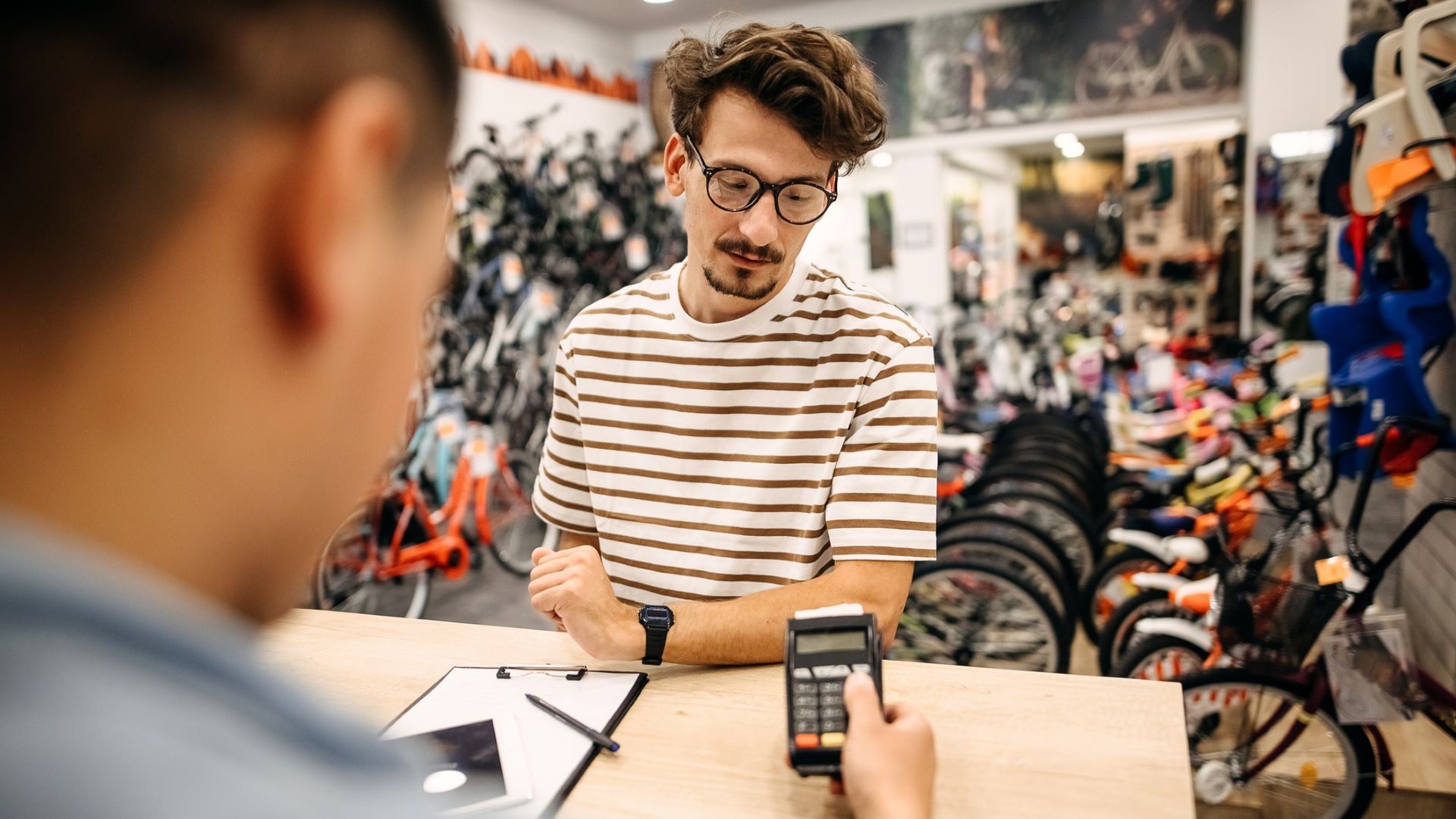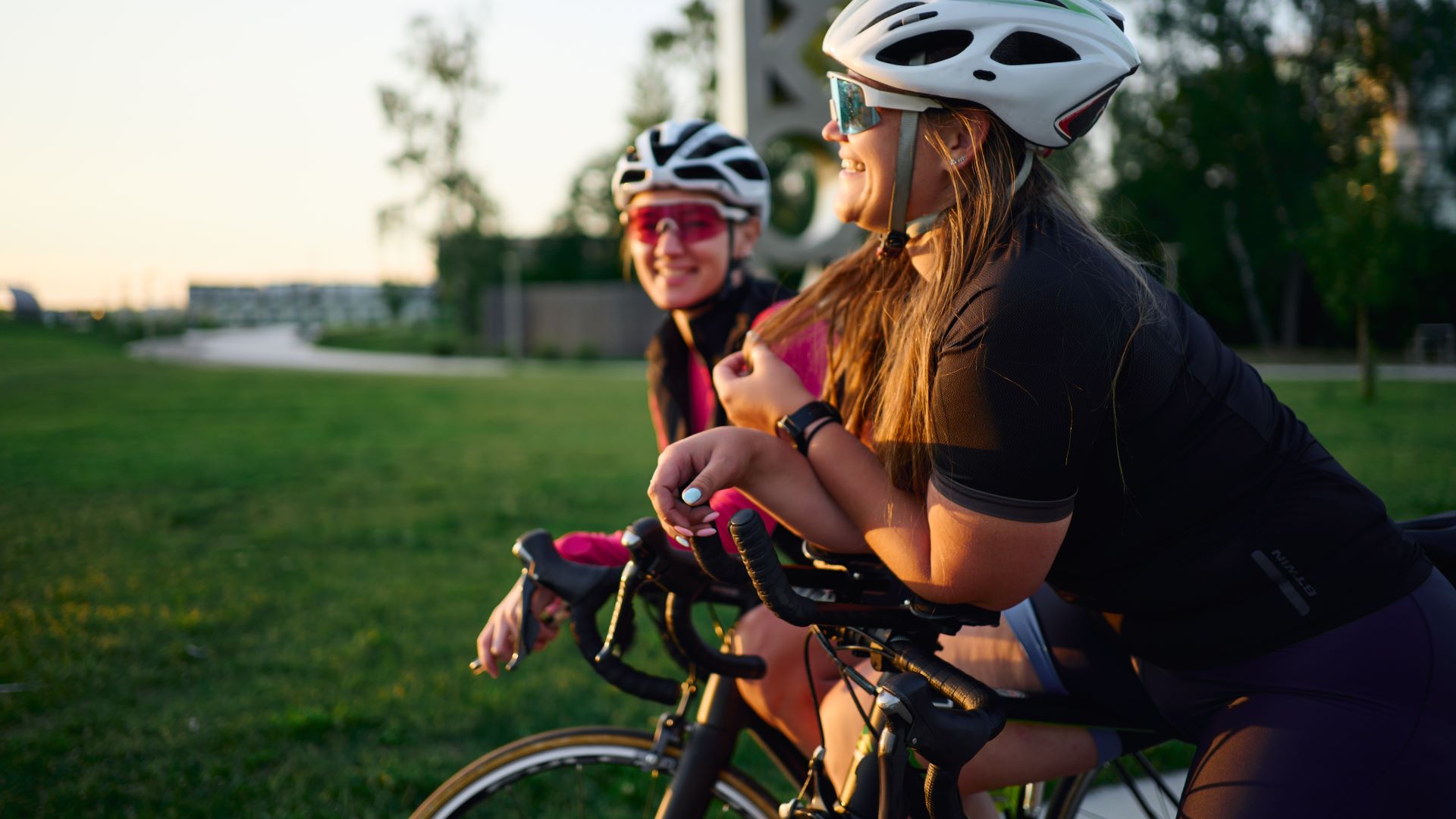Bicycles save lives: How bikes have been critical after Spain's Valencia floods
Chris Marshall-Bell lives in Valencia, Spain, and he and tens of thousands of others have accessed the dozens of flooded villages by bike to help with the clean-up operation


My old road bike, a 2013 Lapierre Audacio 400 CP, is no longer in a fit state to be ridden for several hours at a time. The saddle has a burn hole in it; the chain is so stretched it’s probably an entire chain link longer than it’s meant to be; and half the left brake lever is missing. I could go on with its defects, but you get the picture: it’s a bit knackered. In the past week, however, my once pride and joy which I’ve used to bomb around town on for the past few years, hoping it never catches the sight of a disapproving bike mechanic, has become a lifesaver.
Since the summer of 2022, I’ve called Valencia, Spain my home. It’s a wonderful city. But as you will know, on Tuesday, October 29, the region was struck by Spain’s – and Europe’s – deadliest natural disaster for decades. Thanks to the River Turia being diverted to the south of Valencia following a flood in 1957, the city itself was not inundated with water, but 79 towns and villages were. I’ll repeat: seventy-nine towns and villages.
845,000 people were affected; 325,000 people live in ‘Zone Zero’ where water reached two metres high; 75,000 houses were flooded; 44,000 businesses were implicated; more than 90,000 cars were destroyed; 650km of roads were damaged; and at the time of publication 217 people are known to have died and 89 remain missing. The numbers are catastrophic.
Villages I frequently cycle through were converted into a real-life end-of-the-world film set in less than an hour, with destroyed cars, thrown-away furniture and uprooted infrastructure sitting on top of 30cm of thick mud. So much is ruined. The damage caused by the river tsunami – because that’s what it was, a river tsunami – is truly unfathomable, incomprehensibly devastating, and unbearably heartbreaking.
Over the past week, I and tens of thousands of others have been going to the affected zones every day to help with the mammoth clean-up operation. With so many bridges swept away and roads closed to allow the unobstructed passage of emergency and military vehicles, the only way to access these towns and villages has been by walking or by bike.
Valencia is a cycling city – it’s the European Green Capital of 2024 largely due to its 223km of segregated bike lanes – but I didn’t realise just how many bikes there were in Valencia until this disaster struck. The bike has become the mode of transport at a time of unprecedented crisis.

Chris Marshall-Bell's Lapierre could do with €1,000 worth of repairs, but it's been essential transport during the catastrophic floods.
Without our bikes, I and many friends would not have been able to deliver vital medicine to people with diabetes. Without our bikes, we would not have been able to buy much-needed food and water supplies and then quickly deliver them to cut-off villages within half-an-hour. And without our bikes, we would not have been able to take our brushes and spades to the more isolated towns and villages that walkers from Valencia city are unable to get to due to the longer distance.
Don't call me or the tens of thousands of other volunteers heroes. We’re not. We have a responsibility to help our neighbours. I’m not directly affected, I’ve not lost any friends, but emotionally it’s knocked me out. I’m on the floor. The unity and solidarity, however, makes me so proud to be an adopted Valenciano. And seeing thousands of mud-clattered people on bikes – mountain, hire, city, hybrid and fixed bikes – every day with brushes, spades and buckets attached to them has reminded me of the great and the good that the humble bicycle provides.
Get The Leadout Newsletter
The latest race content, interviews, features, reviews and expert buying guides, direct to your inbox!
Si tienes que ver algo hoy es a estos cientos de ciclistas llevando suministros a las zonas afectadas a las que no se permite llegar en coche. Aún hay esperanza ❤️ pic.twitter.com/4GkhvveJYaOctober 31, 2024
I cycle to ride up mountains and to eat more cake, but strip cycling back to its very basics and it’s a mode of transport to get from A to B. In a disaster like the Valencian floods, it’s been a lifesaver. People with diabetes and other medical conditions would have died if people hadn't cycled through mud to deliver their medications. People in Catarroja and Aldaia would still be cleaning mud from their houses if people hadn’t had a bike to reach them.
All over social media and scribbled on mud-splattered walls right now is a saying: el poble salva al poble – the people save the people. It’s true. I’ll add another: the bicycle saves lives.
Tragically, and despite visible signs of progression, things remain catastrophic in so many places. For a little while yet, the bicycle will continue to save lives.
¡Vixca Valéncia!

Thank you for reading 20 articles this month* Join now for unlimited access
Enjoy your first month for just £1 / $1 / €1
*Read 5 free articles per month without a subscription

Join now for unlimited access
Try first month for just £1 / $1 / €1
A freelance sports journalist and podcaster, you'll mostly find Chris's byline attached to news scoops, profile interviews and long reads across a variety of different publications. He has been writing regularly for Cycling Weekly since 2013. In 2024 he released a seven-part podcast documentary, Ghost in the Machine, about motor doping in cycling.
Previously a ski, hiking and cycling guide in the Canadian Rockies and Spanish Pyrenees, he almost certainly holds the record for the most number of interviews conducted from snowy mountains. He lives in Valencia, Spain.
-
 Trek, State and Specialized raise bike prices while other brands limit US releases — Is this just the beginning?
Trek, State and Specialized raise bike prices while other brands limit US releases — Is this just the beginning?As tariffs hit, the bike industry is forced to adapt, whether through price increases, limited releases, or a restructuring of supply chains
By Anne-Marije Rook
-
 How I got my non-cyclist friend hooked on riding bikes — and how you can, too
How I got my non-cyclist friend hooked on riding bikes — and how you can, tooWith a little bit of gentle guidance, “bikes aren’t my thing” can turn into “when’s our next ride?”
By Marley Blonsky